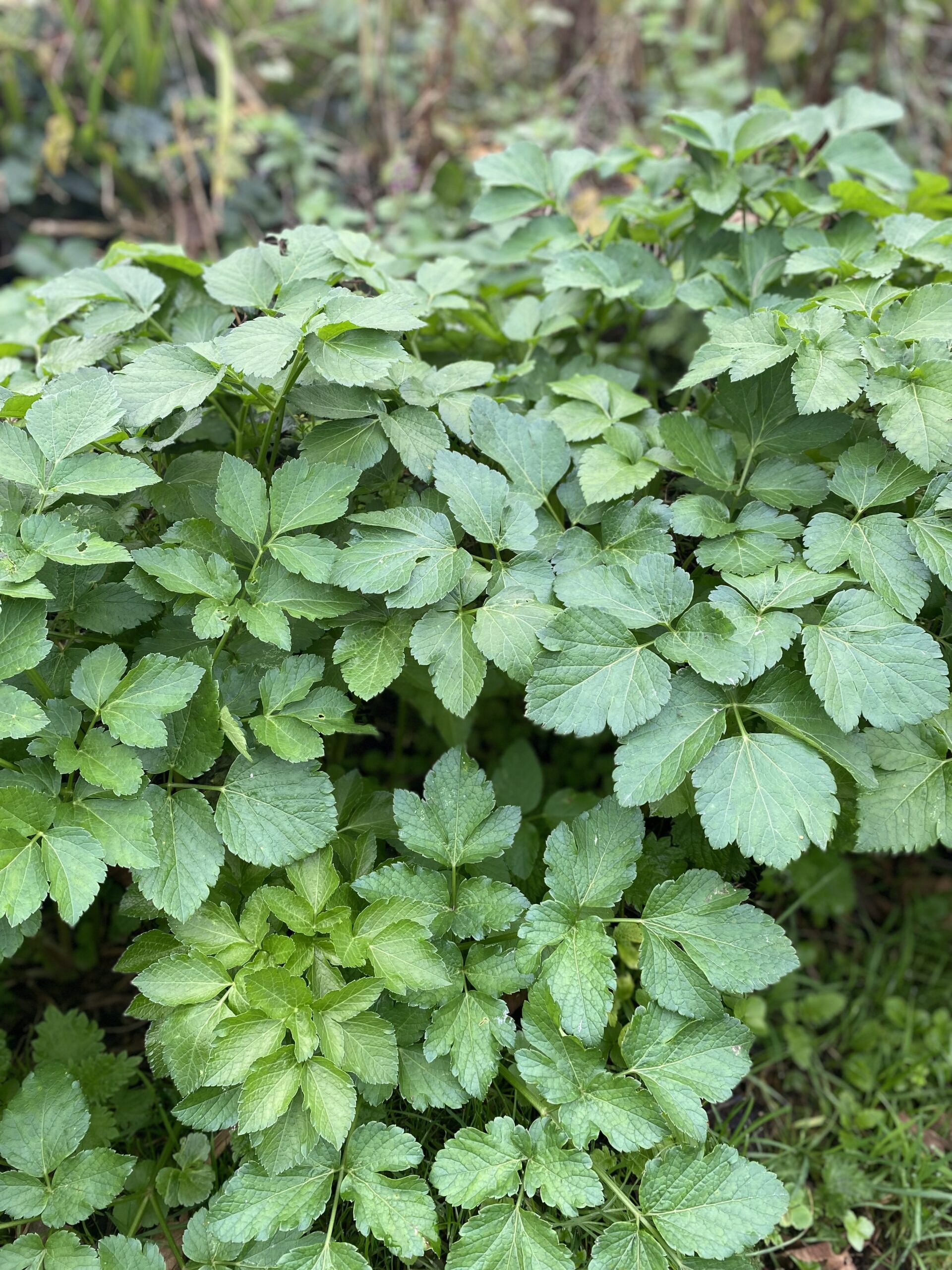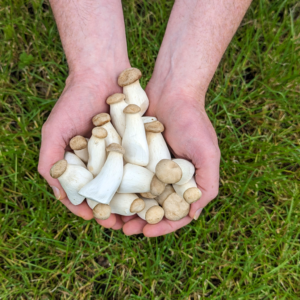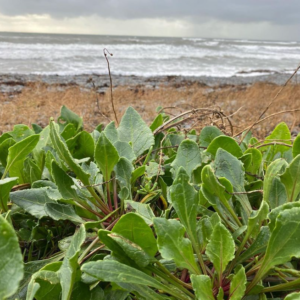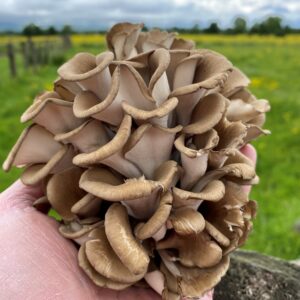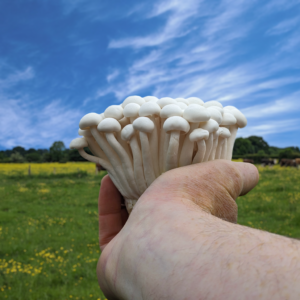
Shop
Alexanders Leaves and Stems
£6.00 – £11.50
Alexanders
Alexanders have a potent, aromatic flavour profile similar to celery. Named after Alexander the Great, it was introduced by the Romans and was subsequently commonly found in gardens until the advent of celery as a crop in the 18th century.
Just now, we can only forage the stems and leaves, but starting from January, the Alexanders will start producing buds that are a favourite for “pedigree” chefs!
In my humble opinion (but I am a forager and not a chef!!), I much prefer cooking with Alexanders than with commercial celery. The leaves can be used in lieu of parsley and the stems just like you would with celery although in lesser quantity as Alexanders are super potent.
The seeds are edible, and you can grind them as you would with peppercorns; they make a really interesting addition to pickles or curries. The best part for me are the roots, and you can grow Alexanders from seeds in your garden just like you would with carrots. Once cooked, the texture of the Alexanders root is really different from any other root veg, almost impossible to put into words!
My best recipe with Alexanders to date: The classic Italian Sugo. Time consuming but dead easy…
- Gently fry your onions, garlic and stems of Alexanders (not too much as very potent);
- Once translucent add your tin(s) of tomatoes and gently, gently simmer at low temperatures for several hours (at least 3hours and more if you can).
- When the above is completed, blend everything and season… You now have a super tasty and nutritious tomato sauce base to use anywhere such as with pasta, pizza or just as it is. It is awesome!!
Tip from the forager…
In England, Alexanders are quite common and you can find them on the coast, as well as inland along the countryside roads. It is rarer in Scotland (where we are based) so in order to make my life easier when I started looking for it, I focused my searches on old ruins (castles, abbeys…). The idea was that since Alexanders were a commonly cultivated plant back in the days, it could likely still be persistent around those ruins, despite the human inhabitants long since passing. It was the right strategy! In England I also found it at Whitby Abbey.
Shipping
All orders containing fresh products will automatically be shipped as Royal Mail Tracked 24 (£8.50)
| Weight | 250g, 500g |
|---|


